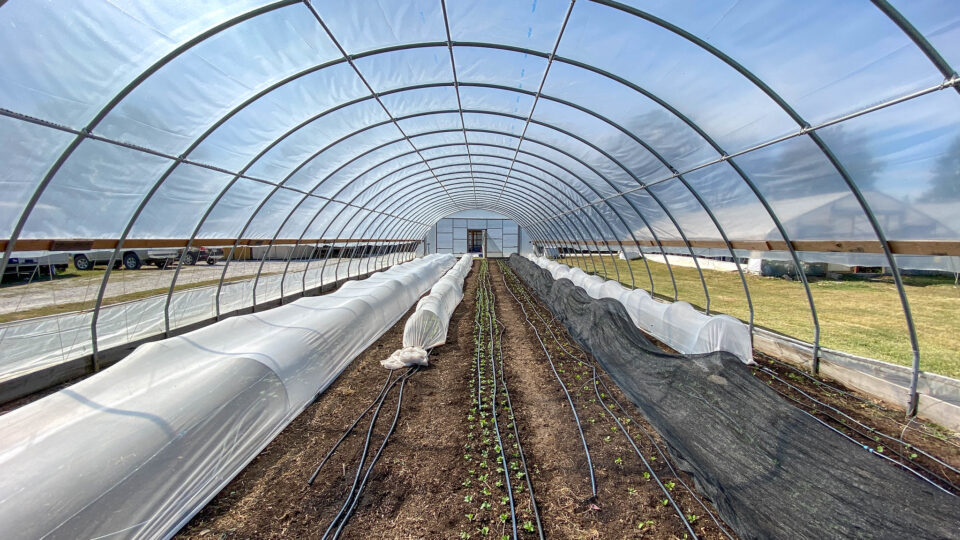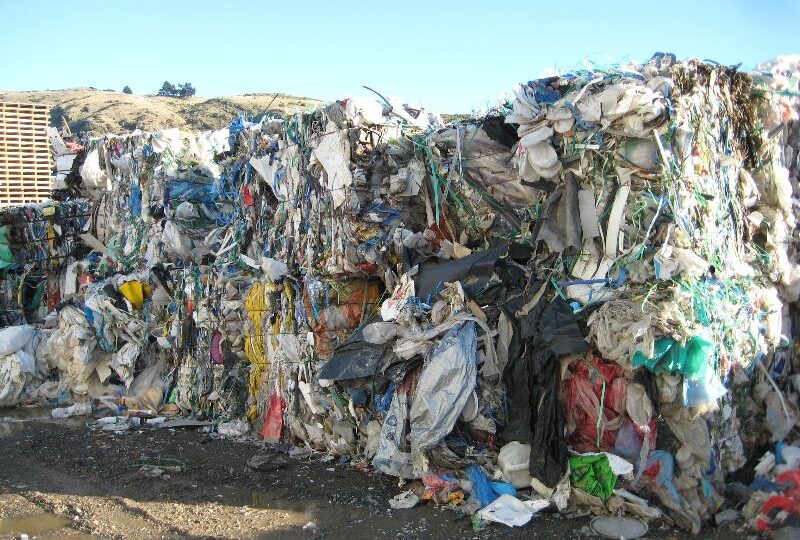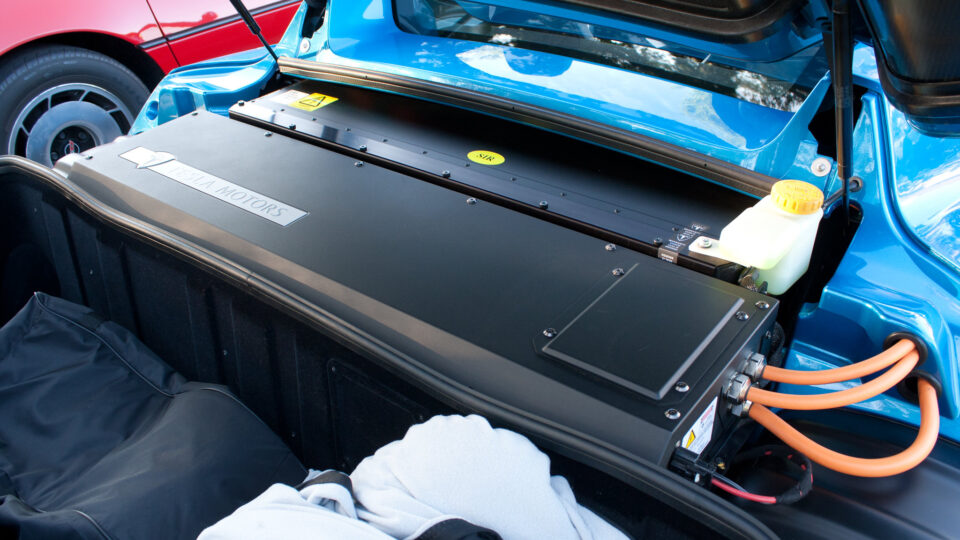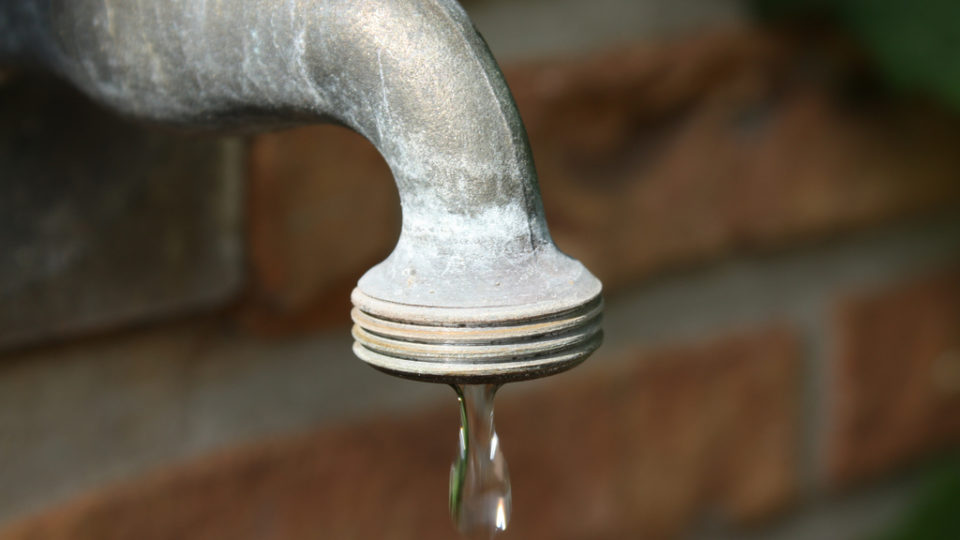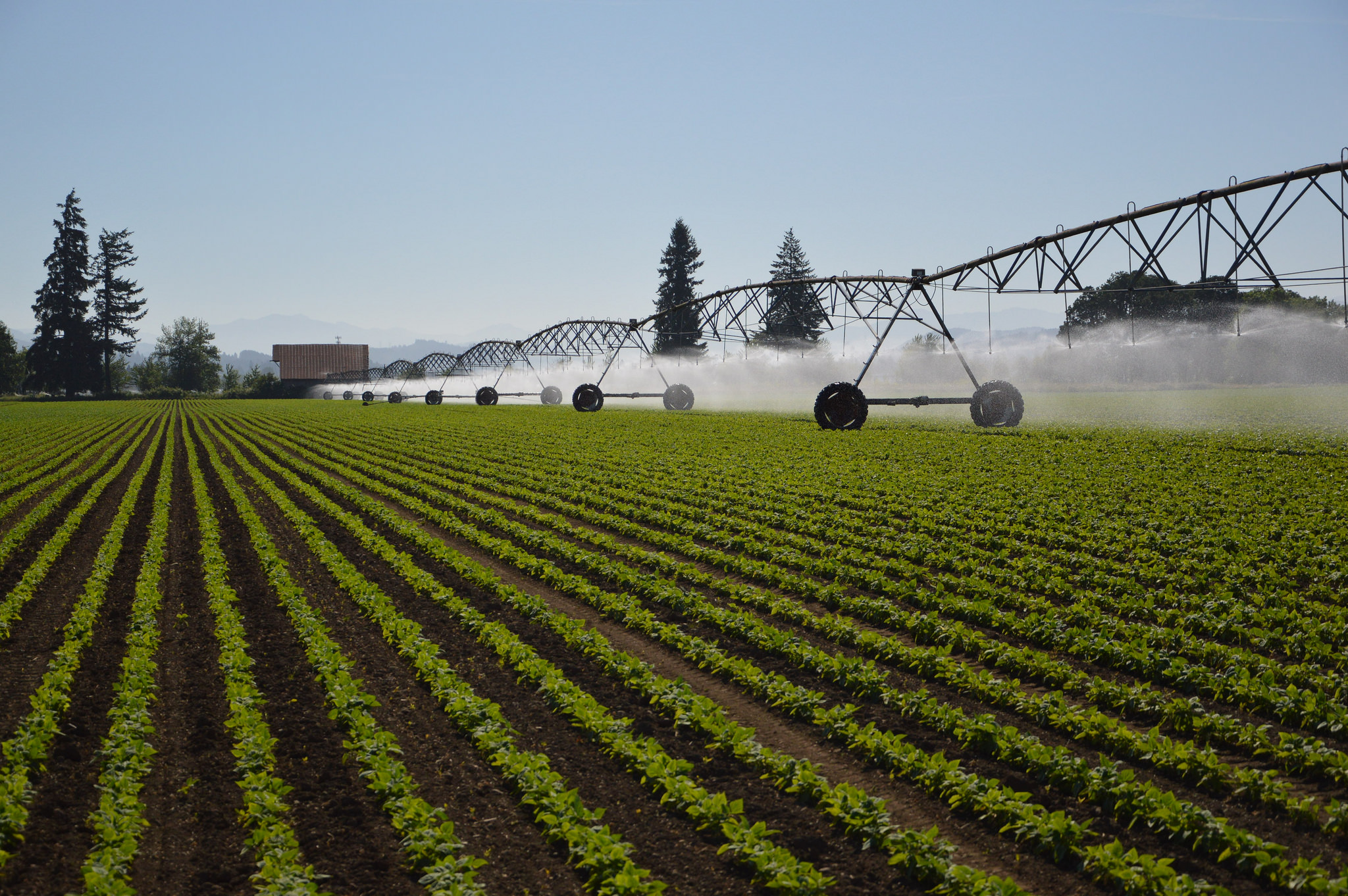Once celebrated as a symbol of modern innovation, plastic is now both a blessing and a curse of our time. Since the 1950s, more than nine billion tons of plastic have been produced, and 50% of that has been during the past 15 years. Plastic is ubiquitous in every sector, and agriculture is no different.
Modern agriculture is responsible for almost a third of global greenhouse gas emissions and is a major drain on the planet’s resources. Modern agriculture is also inextricably linked to plastic. In fact, more than 13 million tons of plastic are used in agriculture every year. It’s nearly impossible to imagine modern agriculture without plastics.
But according to a new study led by researchers from Rutgers University, plastic use in agriculture must be reduced in order to mitigate pollution, and prevent toxic chemicals from leaching into the soil and adversely affecting human health.
In the study, which was recently published in Nature Communications Earth & Environment, the researchers found that it is essential to adopt a strategic approach to mitigate plastic pollution in agriculture, including responsible usage, reduction, efficient collection, reuse, and the implementation of innovative recycling methods.
According to the researchers, when these sustainable approaches aren’t possible, biodegradable and nontoxic bioplastics should be used. The research team insists that environmentally benign additives should be mandated in order to reduce plastic toxicity.
Plastic pollution is a problem that needs to be addressed in every sector.
**********
Web Links
Plastic Use in Agriculture Must be Reduced, According to New Research
How can the use of plastics in agriculture become more sustainable?
Photo, posted November 12, 2022, courtesy of Kevin Dooley via Flickr.
Earth Wise is a production of WAMC Northeast Public Radio
